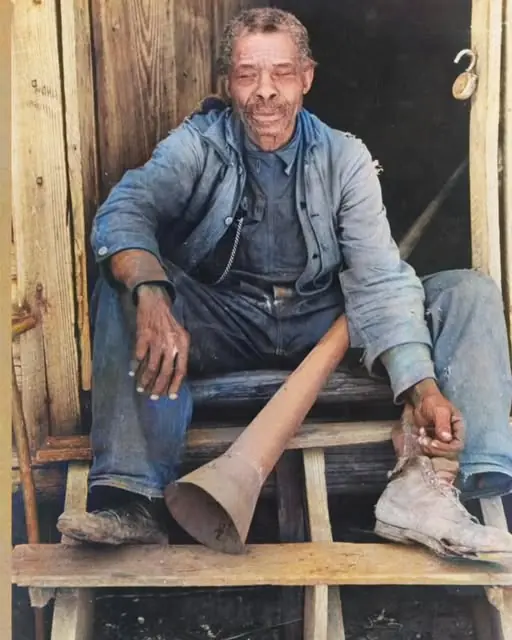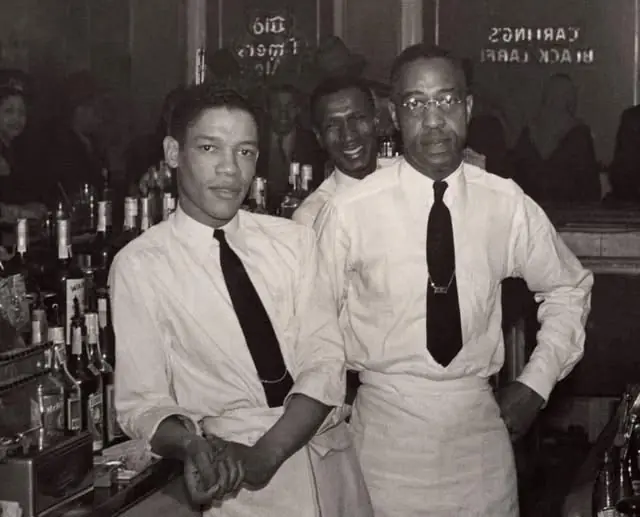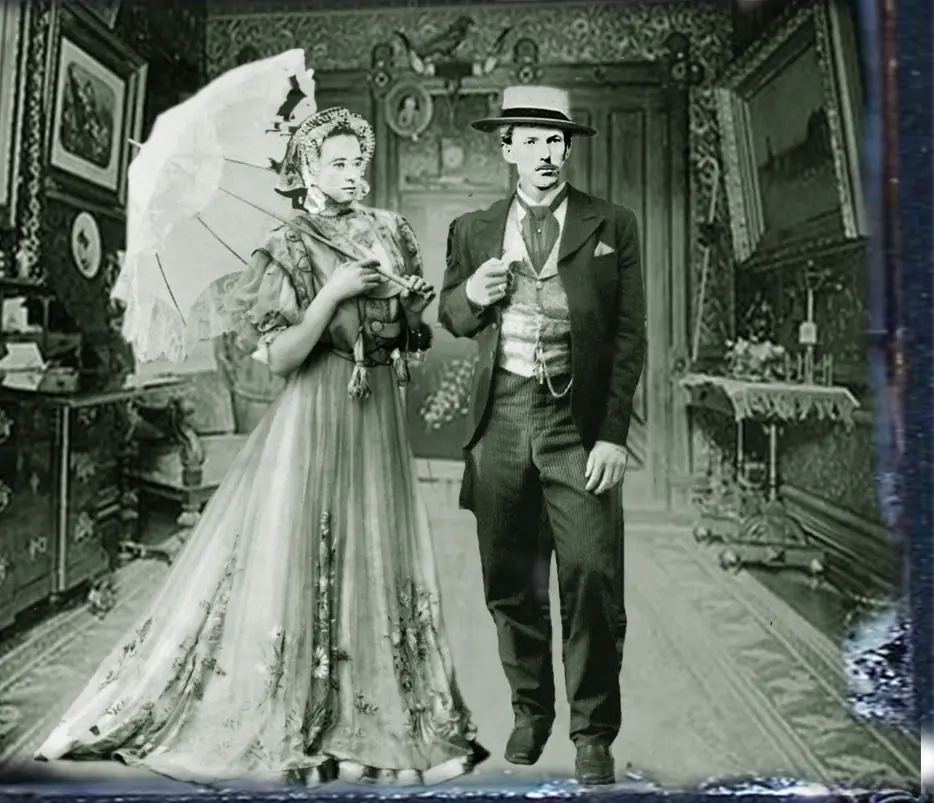Discover Willis Winn's remarkable life story, including his reflection on slavery and its lingering effects in post-Civil War America. His powerful account sheds light on the struggles of African Americans long after emancipation.

Willis Winn: A Glimpse into the Legacy of Slavery Through One Man's Story
In 1939, Willis Winn, a man who claimed to be 116 years old, sat for a photograph taken by renowned photographer Russell Lee. During the interview, Winn shared the remarkable story of his life, which began in 1822. He was holding a horn in the photograph—an instrument once used by plantation owners to call slaves to work. According to Winn, his master told him his birthdate was March 10, 1822, though details of his early life remain a testament to the hardships endured by enslaved people in the American South.
At the time of the interview, Winn lived alone in a one-room log cabin located behind the Howard Vestal home on Powder Mill Road, north of Marshall. He received a modest pension of $11 per month to support himself. When asked about his early life, he vividly remembered the harsh conditions he faced while working on the plantation. He described how the sound of the horn would signal the slaves to wake up and begin their labor. His words painted a picture of living conditions that were nothing short of dire. "All the houses were made of logs, and we slept on shuck and grass mattresses that were always full of chinches," he recalled. "I still sleep on a grass mattress because I can't rest on cotton and feather beds."
Winn's reflections also revealed the continued injustices faced by many African Americans, even decades after the abolition of slavery. He poignantly remarked, "There are plenty of nrs in Louisiana who are still slaves. A while back, I made a trip to where I was raised to see my old missy before she died, and there were nrs in twelve or fourteen miles of that place who didn't know they were free. There are plenty of n****rs around here who are the same as slaves, working for white folks for twenty, twenty-five years without drawing a five-cent piece, just old clothes and something to eat. That’s the way we was in slavery."
Willis Winn's testimony serves as a powerful reminder of the legacy of slavery and the hardships that lingered for African Americans well into the 20th century. His words shed light on how little progress had been made for many people in the years following emancipation. Through his story, we gain a deeper understanding of the resilience, struggles, and pain endured by generations of enslaved people and their descendants.
This powerful narrative offers invaluable insight into the ongoing racial and economic inequalities that shaped the lives of African Americans long after the end of slavery.
Photo Credit: Russell Lee





























